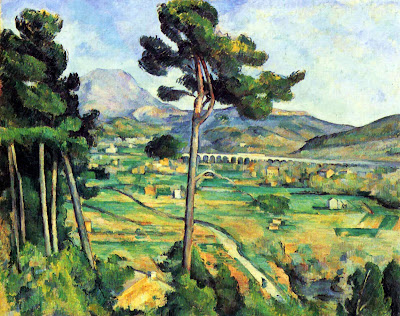IMPRESSIONISM
Claude Monet
Impression, Sunrise (Impression, soleil levant)
1872
Oil on canvas
48 cm × 63 cm
Musée Marmottan Monet, Paris
Claude Monet
Haystacks, (Midday), 1890-91,
National Gallery of Australia
Claude Monet
Wheatstacks (End of Summer) 1890-91
Oil on canvas, 60 cm × 100 cm
Art Institute of Chicago
Claude Monet
Wheatstack (Snow Effect, Overcast day)
(Meule, effet de neige, temps couvert),
1890-91. Oil on canvas.
Art Institute of Chicago.
(Meule, effet de neige, temps couvert),
1890-91. Oil on canvas.
Art Institute of Chicago.
Impressionism was a pivotal moment in the development of art in the 19th century. In the genesis of Impressionism we can point out the demand for truthfulness in art interpreted in a radically new way, and also the interrelated demand for the expression of contemporary life.
These demands allow for radical formal innovations affecting all at once the procedural or technical aspects of painting, the notion of representation, and with it the very concept of painting as an art form. Landscape painting becomes the quintessential genre in which the experimental nature of Impressionism is played and displayed. Painters like Monet, Sisley and Pissaro among others, paint the French countryside. Manet, Degas, Renoir and others celebrate modern life in their artworks.
The impressionist artist paints not simply the object of his gaze, but the relationship itself between the observer and the world. The dynamic nature of reality requires a dynamism of vision. The shifts in the appearance of the painter´s subjects such as the changes of form and color in landscape painting due to the transformations of light call for a new understanding and a new expression of the painted form. Color becomes the central element of painting in ways departing radically from the past: it is now a foundational or infrastructural element (in the end, color becomes both medium and subject.) A new understanding of the activity of perception introduces the dimension of time into the art of painting.
These demands allow for radical formal innovations affecting all at once the procedural or technical aspects of painting, the notion of representation, and with it the very concept of painting as an art form. Landscape painting becomes the quintessential genre in which the experimental nature of Impressionism is played and displayed. Painters like Monet, Sisley and Pissaro among others, paint the French countryside. Manet, Degas, Renoir and others celebrate modern life in their artworks.
The impressionist artist paints not simply the object of his gaze, but the relationship itself between the observer and the world. The dynamic nature of reality requires a dynamism of vision. The shifts in the appearance of the painter´s subjects such as the changes of form and color in landscape painting due to the transformations of light call for a new understanding and a new expression of the painted form. Color becomes the central element of painting in ways departing radically from the past: it is now a foundational or infrastructural element (in the end, color becomes both medium and subject.) A new understanding of the activity of perception introduces the dimension of time into the art of painting.
Marcelo Guimarães Lima
link: Monet Haystacks series
Claude Monet
Rouen Cathedral, Full Sunlight, 1894,
Musée d'Orsay, Paris, France.
Musée d'Orsay, Paris, France.







Comments